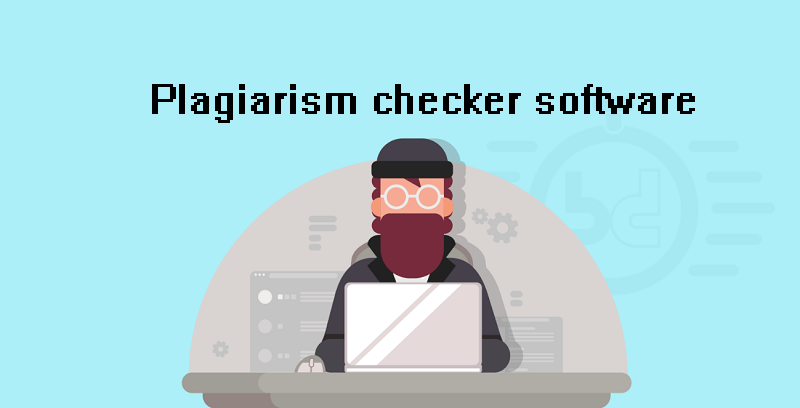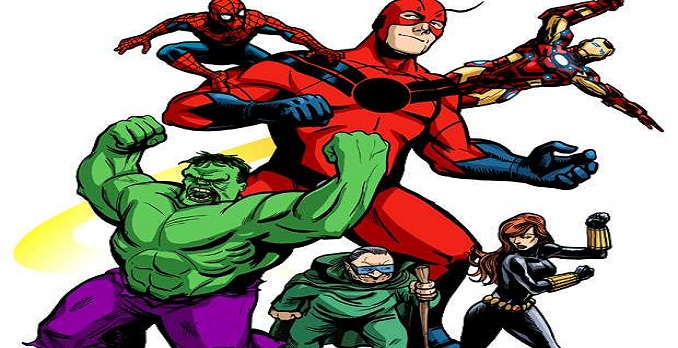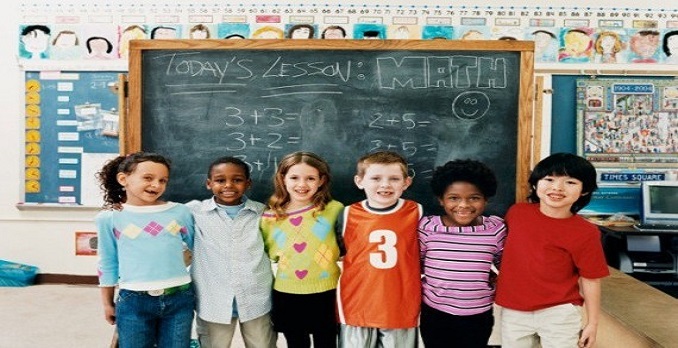
TEST A MULTIPLE RESPONSE: HOW TO RESPOND WELL TO QUESTIONS. Before you start … study and exercise.
If we want to successfully overcome any multiple choice test you need to study and train a lot. The case, luck, fate, the tricks I describe below will help us to correctly answer some questions, but not enough to pass the test or to get a high score! For this you must first study and training. Why train? Because this will help us to better store and especially to understanding the mechanisms of quizzes multiple response, in particular the test of logic.
TEST A MULTIPLE ANSWERS: TRICKS TO RESPOND WELL
After studying and after we exercised, finally we find ourselves in front of our tests. Then we apply these simple rules.
1. We read all the Test
Never respond immediately to the questions! We read before all the tests, so as to have clear the whole situation, namely the questions to which we respond, those on which we are uncertain and those to which we do not know precisely respond. In addition, through this initial reading we can apply our first trick to pass a multiple choice test. Often, it happens that the next question to one who does not know the answer contains the answer we’re looking for:
• Because in 1917 Russia withdrew from the First World War?
a. because he was afraid of losing
b. because the United States entered the conflict
c. because of the October Revolution
• What were the causes of the Russian Revolution (1917)?
a. …
b. …
c. …
Suppose we do not know how to answer the first question, that is, the withdrawal of Russia from the First World War. Then we go on with the reading of the questions, and we find ourselves faced with the question asking the causes of the revolution took place in 1917, during the First World War. So we know that Russia withdraws from the First World War in 1917, and that same year takes place the Russian Revolution. Thus, from the second we obtain the answer to the first question: the exact option is c.
2. We respond to secure requests
After reading all the tests, we begin to answer the questions on which we are 100% in order to have more time for the other.
3. Let the questions on which we are uncertain
Then, we proceed with the questions on which we have some doubts. In this case we generally doubt between two answers, so we can proceed in this way:
• Reasoning and excluding
Reasoning about the possible answers and exclude the less likely:
What is the name of Pirandello’s theatrical collection?
a. Song book
b. Cuttlebones
c. naked masks
We are unsure of the answer be the answer c. Since we have studied, we have no choice but to think about the answers. We reflect on the works and the poetry of Pirandello:’ll get right to the concept of the mask. Also “bare Masks” is a definition better suited to a theatrical collection, so we can be sure that the correct answer is c.
4. Let the questions I do not know the answer
Finally, let’s focus on the questions that we do not know right answer. Not knowing exactly the right answer, we can adopt some useful trick to get to the right answer through transverse streets.
5. Multiple response test: Opposite Responses
If one of the options we have two opposite responses, most likely the correct answer will be one of the two:
• The thought of Leopardi is characterized by:
a. pessimism
b. optimism
c. apathy
In this case the two opposite concepts are “pessimistic” and “optimistic”, then, the first thing we can rule out the answer c. Then, we reason to do both and we try to give the one that seems most appropriate between the two.
6. Multiple choice test: Beware of absolutes
Often, but not always, the terms that indicate an absolute condition (always, all, none, never etc …) are an indication of wrong answer, since it is difficult to be faced with absolute and categorical concepts.
7. Multiple choice test: Beware of excesses
The answers that contain too high or too low compared to others, they are probably wrong:
• How many are the songs of the Divine Comedy?
a. 520
b. 3
c. 100
d. 90
And b answers contain numbers too far apart from the others, so most likely the correct answer will be the c or d.
For more visit http://daypowermedia.com/









